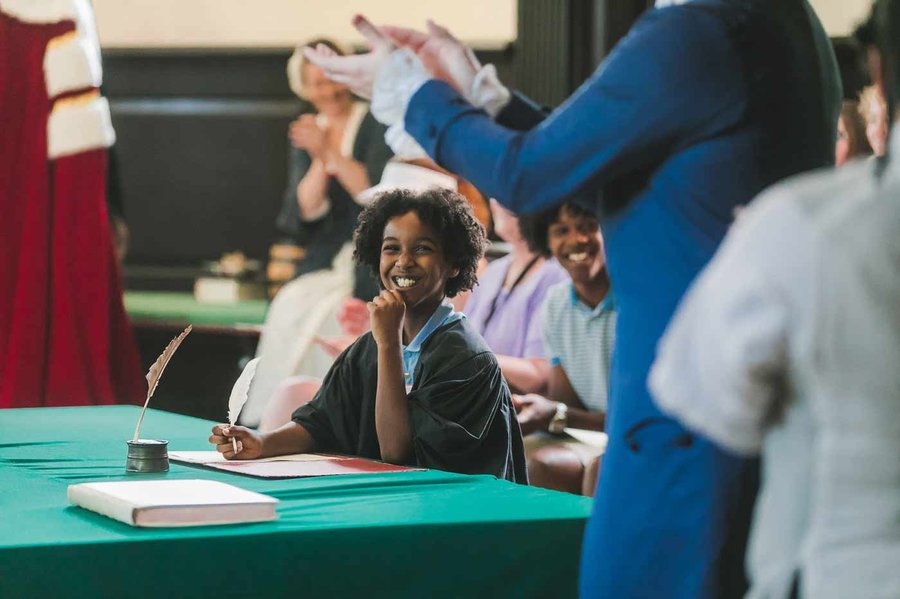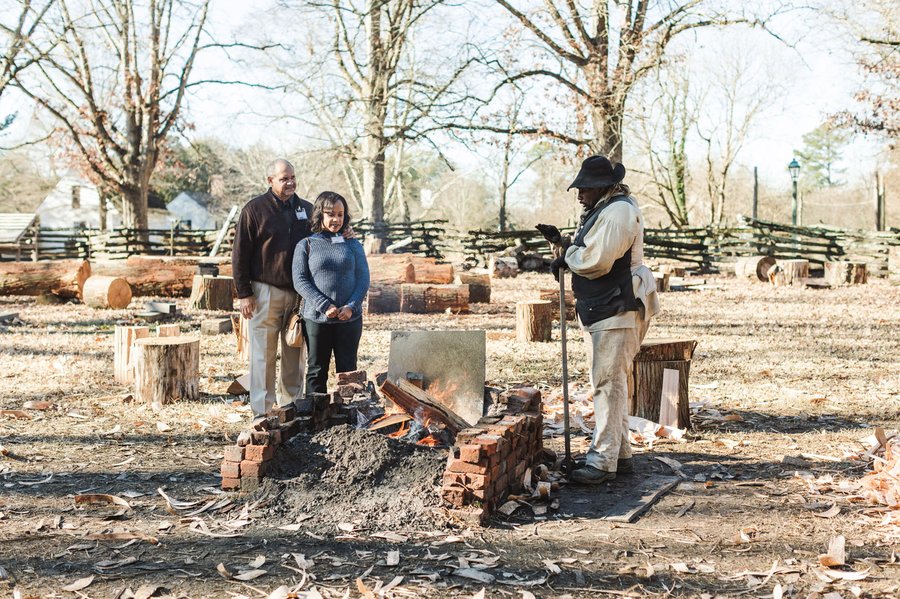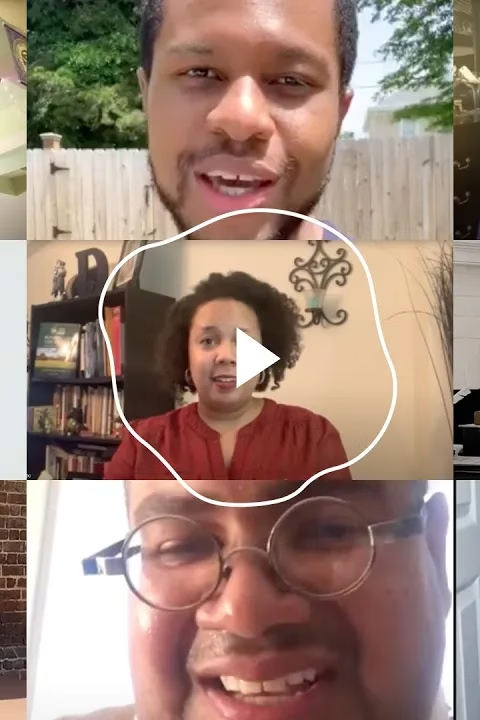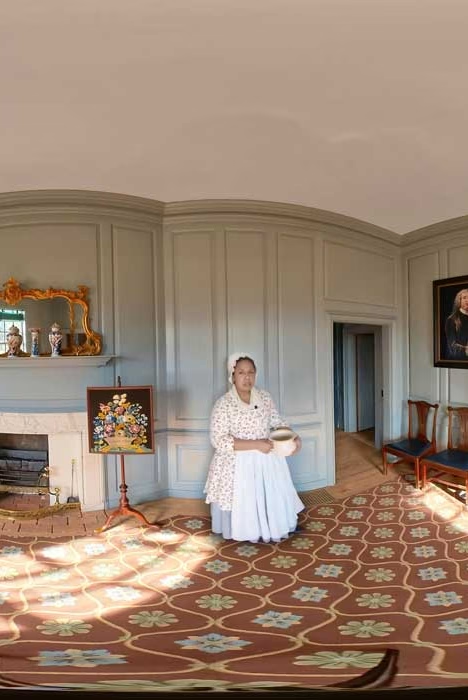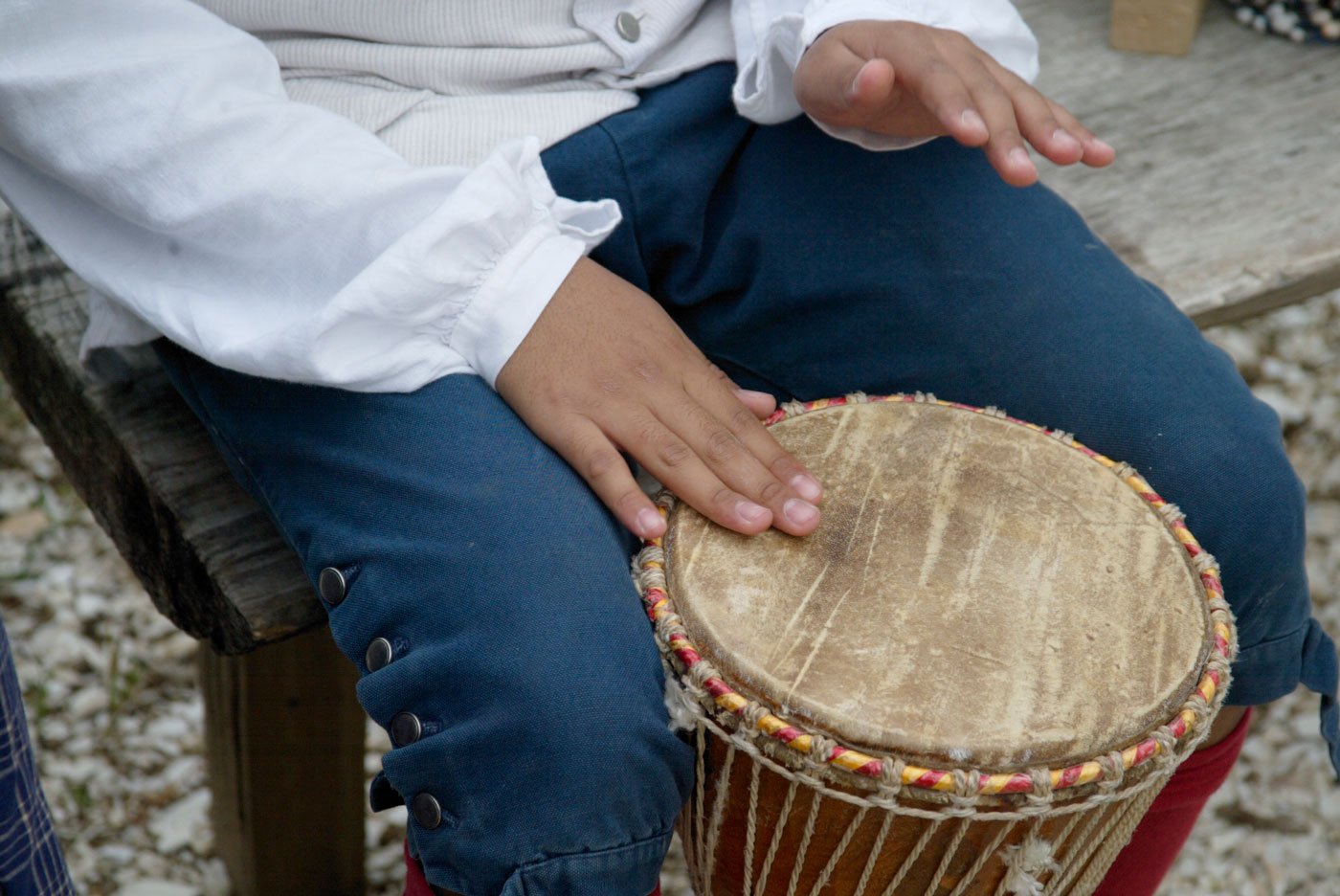
Juneteenth
On This page
Join Us Onsite
June 19, 2025
Juneteenth marks the anniversary of June 19, 1865 when thousands of enslaved people received the news that they were emancipated after Union forces arrived in Galveston, Texas, to enact President Abraham Lincoln’s Emancipation Proclamation signed more than two years earlier.
Bringing History to Life
Custis Square
Our archaeologists are in the middle of a 5-year exploration of Custis Square, the 4-acre pasture across from the Art Museums where the 18th-century home and gardens of John Custis IV once stood.

Explore the Art Museums
Discover colorful and whimsical folk art made by amateur artisans in the Abby Aldrich Rockefeller Folk Art Museum to objects that are useful as well as beautiful in the DeWitt Wallace Decorative Arts Museum.
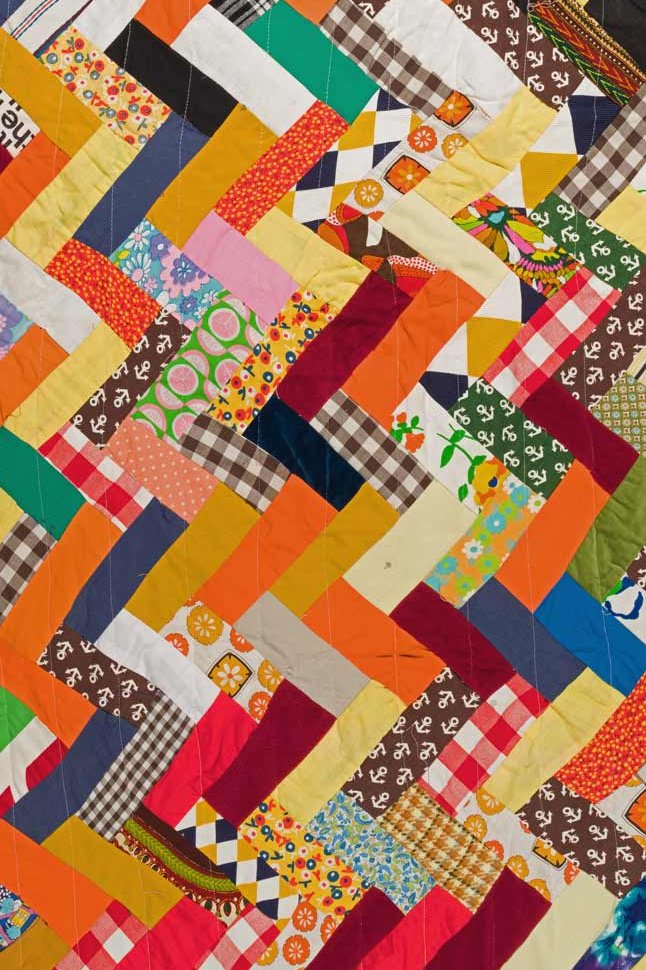
Williamsburg Bray School Initiative
Colonial Williamsburg and William & Mary have identified a building that once housed the Williamsburg Bray School, an 18th-century institution dedicated to the education of enslaved and free Black children. Now, we are working to share the complex history of what is likely the oldest extant building in the United States dedicated to the education of Black children – and the stories of those who were part of it.
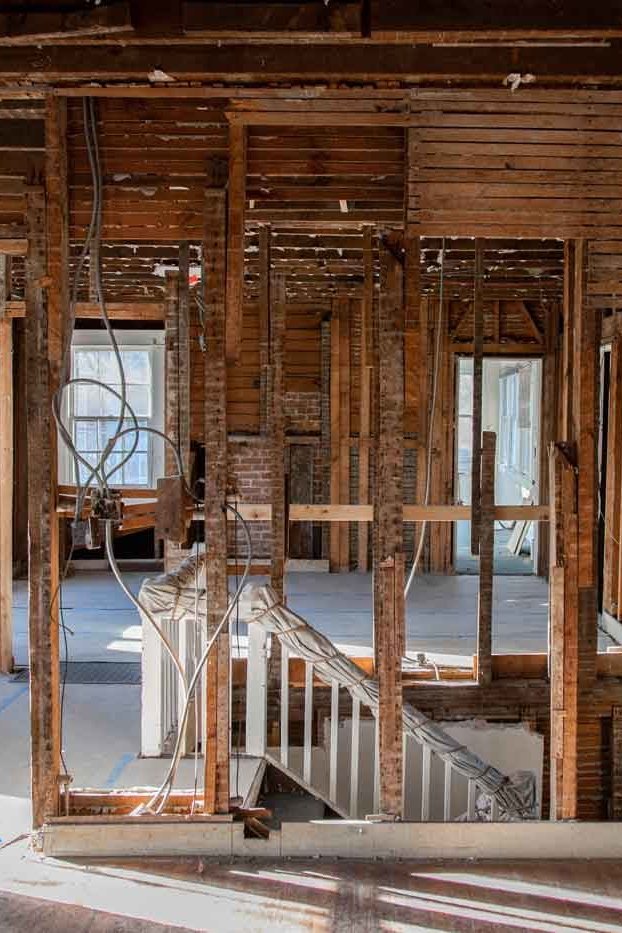
Plan Your Visit
Explore Virtually
Resources
Additional Resources
Learn even more about Juneteenth by exploring these resources from both our museum and other trusted institutions.
Whether you’re looking to read up on this topic before joining the conversation, or want some further reading afterward, here’s our recommended reading.
Stay Connected
Subscribe Today
Sign up for our emails to be the first to know about our next Juneteenth Celebration
